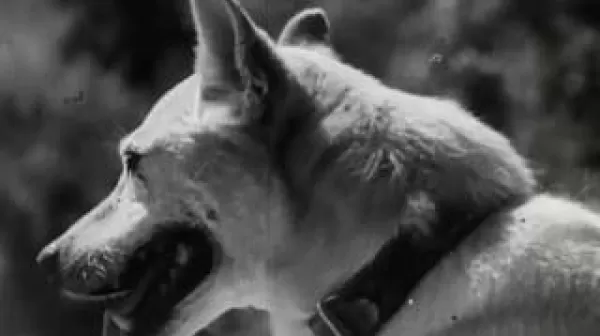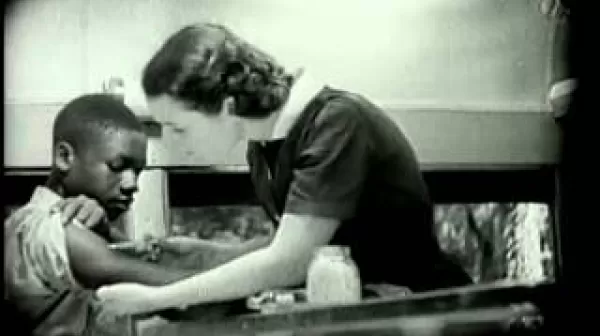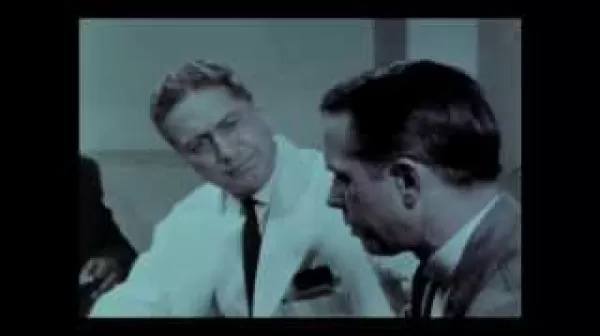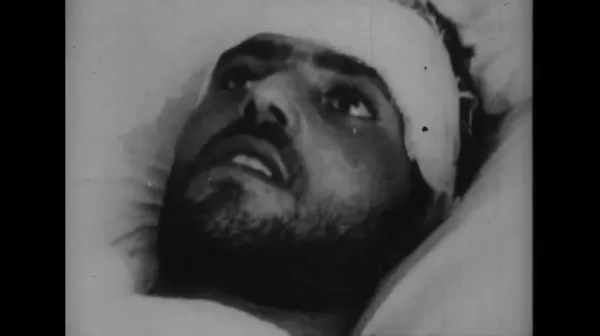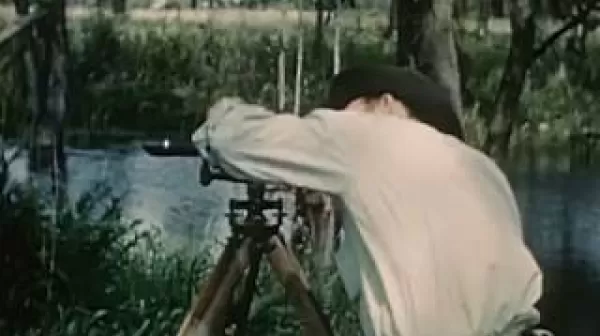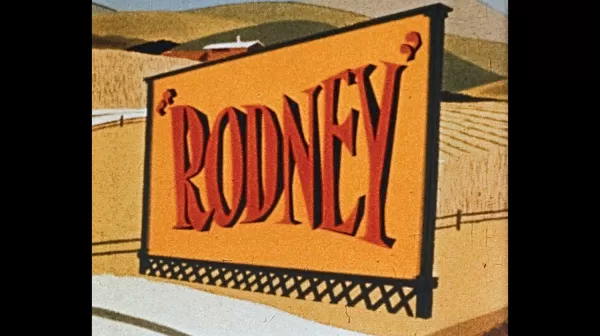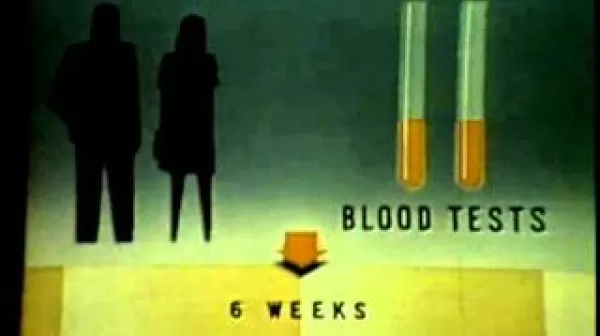Story of Rocky Mountain Spotted Fever (USPHS, 1968)
This presentation describes significant developments in the fight against Rocky Mountain spotted fever. The program begins with a description of efforts to determine the cause of the disease. Then studies on the biology and control of the tick are described. Efforts to destroy the tick on a limited scale by livestock dipping are detailed. The identification of the infectious agent in the body of the tick which led to the intensification of research and the development by Drs. Spensor and Parker of the spotted fever vaccine is discussed.


